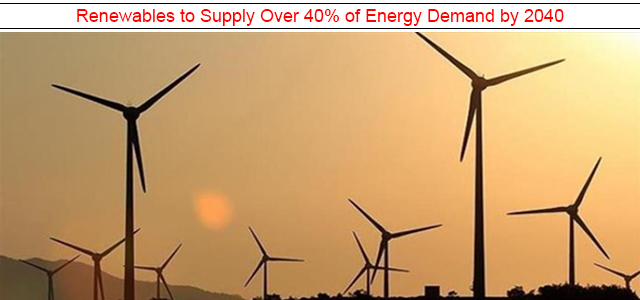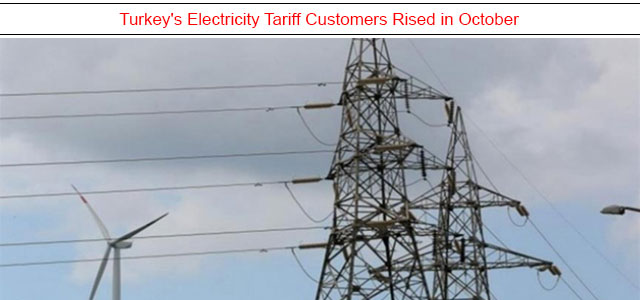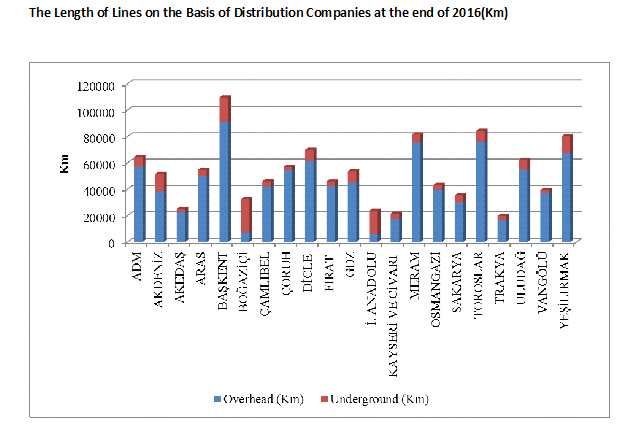Article
4th GRID MODERNIZATION INDEX FINDS CALIFORNIA, ILLINOIS, TEXAS, MARYLAND, AND OREGON AS LEADERS IN GRID MODERNIZATION
The Grid Modernization Index (GMI-4) ranks and analyzes all 50 U.S. states and the District of Columbia based upon the degree to which they are moving toward a modernized electric grid. The grid is changing to accommodate new cost-effective technologies and evolving consumer expectations. Federal, state, and local policymakers and elected officials are also striving for a cleaner and more reliable grid while ensuring affordable access for all consumers.
Cost declines are one key driver of grid modernization. The cost of wind and solar energy (and increasingly energy storage, electric vehicles, and other emerging technologies) have decreased to where they are often the least-cost option for both utilities and consumers.
Environmental impacts, and related concerns, are also driving consumers and policymakers to seek out these emerging options. At the same time, utilities continue to prioritize reliability and cost-effectiveness while finding effective ways to integrate these new technologies.
The Grid Modernization Index (GMI-4) done by GridWise Alliance can be found here




